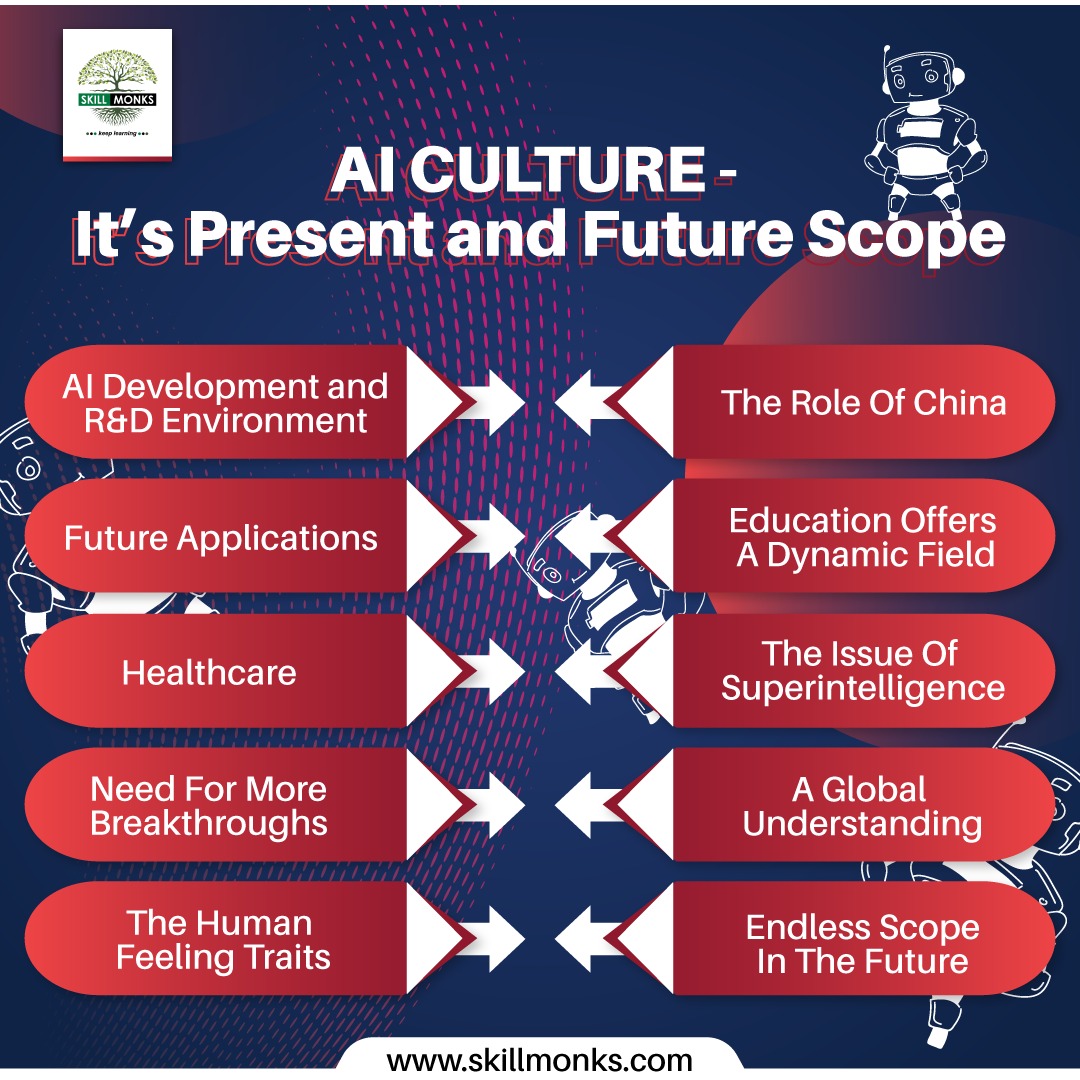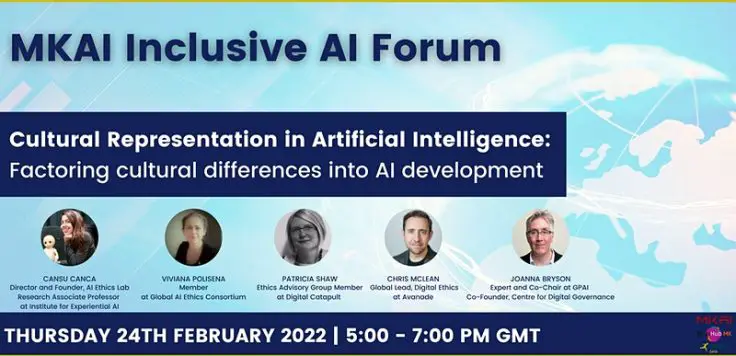AI and the Preservation of Cultural Heritage

Artificial intelligence (AI) is revolutionizing the way we understand and preserve cultural heritage. From digitizing historical artifacts to creating virtual reality tours of ancient sites, AI is playing a crucial role in safeguarding our collective past for future generations.

Digitizing Cultural Heritage

One of the most significant applications of AI in cultural heritage preservation is the digitization of historical artifacts and documents. By using advanced imaging techniques and machine learning algorithms, AI can create high-resolution digital replicas of fragile objects, making them accessible to researchers and the public without risking damage to the originals.
Virtual Reality and Augmented Reality (AR/VR)
AI-powered AR/VR technologies are enabling immersive experiences that bring historical sites and artifacts to life. By overlaying digital information onto the real world, AR/VR applications can provide visitors with interactive tours, educational content, and the ability to explore archaeological digs virtually.
Natural Language Processing (NLP)
NLP, a branch of AI that allows computers to understand human language, is helping to unlock the vast amount of information contained in historical texts and archives. By analyzing and interpreting documents, NLP can assist researchers in identifying patterns, extracting key information, and gaining a deeper understanding of past events.
Computer Vision
Computer vision algorithms are enabling the automatic识别、分类和分析历史图像和视频. This technology can assist in the preservation and restoration of cultural artifacts by identifying and documenting damage, color fading, and other signs of deterioration.
Predictive Modeling
AI-powered predictive modeling techniques can help cultural heritage experts identify potential threats to artifacts and sites. By analyzing historical data and environmental factors, AI algorithms can predict the likelihood of damage caused by factors such as climate change, pollution, or natural disasters. This information can support proactive preservation measures and disaster preparedness plans.
In conclusion, AI is a powerful tool that is transforming the field of cultural heritage preservation. By automating tasks, enhancing research capabilities, and providing immersive experiences, AI is helping us safeguard and share our collective past for generations to come.## [Ai And The Preservation Of Cultural Heritage]
Executive Summary
Artificial Intelligence (AI) is revolutionizing the way we preserve and interact with our cultural heritage. By combining advanced technologies such as machine learning, computer vision, and natural language processing, AI offers unprecedented opportunities to digitize, catalog, analyze, and conserve cultural artifacts and historical records. This has the potential to transform the way we research, understand, and appreciate our cultural heritage, while also fostering its longevity for future generations.
Introduction
Cultural heritage encompasses various aspects of a society’s treasured history and traditions, from art and artifacts to architecture and customs. Preserving this heritage is essential for maintaining cultural identity, fostering intercultural dialogue, and promoting sustainable development. AI provides innovative tools that enhance our ability to safeguard and celebrate our cultural heritage, unlocking new possibilities for education, research, and public engagement.
FAQ
Q1: How can AI digitize cultural heritage?
A: AI-powered image and text recognition technologies can digitize artifacts, documents, and historical sites, creating digital surrogates that enhance accessibility and preservation.
Q2: How does AI contribute to the cataloging of cultural artifacts?
A: AI algorithms can analyze digital artifacts and extract metadata, including dimensions, materials, and inscriptions, enabling comprehensive cataloging and search functionality.
Q3: What role does AI play in cultural heritage analysis?
A: AI techniques can detect patterns, identify correlations, and conduct object recognition in cultural artifacts and archives, providing new insights into their history, context, and relationships.
Subtopics
1. Digital Preservation
- Digitization: AI-driven image and text recognition for digitizing objects, documents, and historical sites.
- 3D Reconstruction: Generating 3D digital models of cultural monuments and artifacts using photogrammetry.
- Immersive Experiences: Creating virtual experiences and interactive simulations for enhanced engagement with cultural heritage.
2. Catalog Enhancement
- Automated Metadata Extraction: Utilising AI algorithms to capture and tag essential data about cultural objects, increasing search and discovery capabilities.
- Classification and Structuring: Employing AI to classify and structure cultural data, facilitating organization and understanding.
- Linked Open Data: Creating interconnections between cultural data from various sources through AI-powered data integration.
3. Research and Analysis
- Historical Pattern Detection: Utilizing AI to identify and analyze patterns in cultural archives, uncovering hidden connections and insights.
- Object Recognition and Classification: Leveraging AI algorithms to recognize and classify objects and symbols in cultural artifacts, facilitating accurate identification and understanding.
- Historical Context Extraction: Harnessing natural language processing (NLP) techniques to extract historical context from cultural documents and archives, providing a richer understanding of the past.
4. Cultural Heritage Management
- Predictive Maintenance: Employing AI to monitor environmental conditions and predict the need for maintenance on cultural sites and artifacts.
- Cultural Resource Management: Utilizing AI to improve decision-making in cultural heritage management processes, considering factors such as preservation, accessibility, and cultural significance.
- Digital Preservation Best Practices: Establishing guidelines and standards for digital preservation of cultural heritage using AI technologies.
5. Public Engagement and Education
- Virtual Museums and Exhibitions: Creating virtual environments that showcase cultural heritage, enabling online access and immersive learning experiences.
- Interactive Storytelling: Employing AI for engaging digital narratives and stories related to cultural heritage.
- Educational Enrichment: Incorporating AI into educational resources and programs to foster an understanding and appreciation of cultural heritage among students and learners.
Conclusion
The advent of AI has profoundly transformed the field of cultural heritage preservation. By empowering us to digitize, catalog, analyze, and manage cultural artifacts and records in innovative ways, AI provides unparalleled opportunities to foster cultural identity, promote understanding, and ensure the legacy of our shared heritage for generations to come.
Keywords
- Artificial Intelligence
- Cultural Heritage Preservation
- Digital Preservation
- Cultural Analysis
- AI-Powered Management
